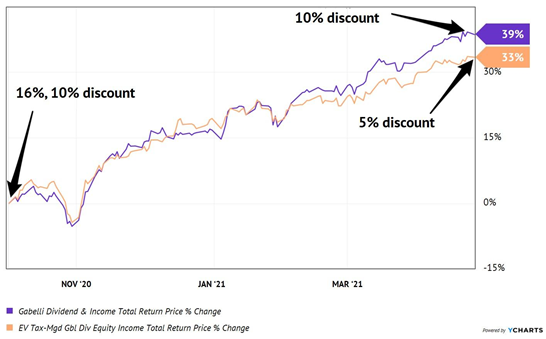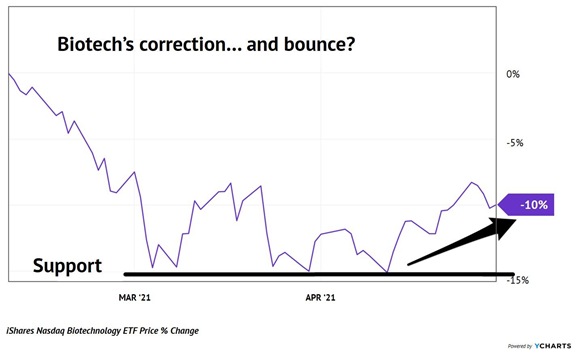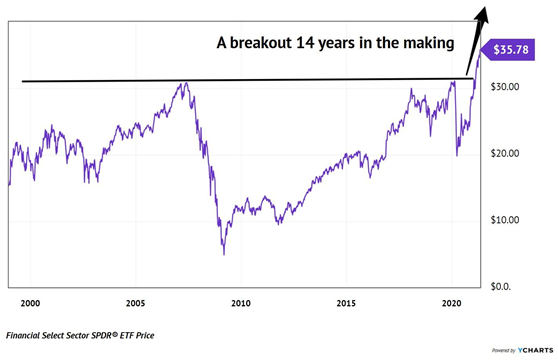Everyone wants to be a contrarian investor. But in practice, most people buy more near tops and sell shares low.
Our human nature becomes tricky during times like these. Markets are ticking near all-time highs and many investors fear “missing out” on the next leg higher.

If you’re a premium subscriber of mine, your portfolio should be in good shape. It’s mostly to fully invested and has had a great run over the past twelve months.
But—you may have some spare cash that you’re staring at. Or dividends waiting to be reinvested.
Should we buy now? Or wait (hope) for a pullback?
While hope is not a strategy, contrarian investing—the practice of buying out-of-favor assets when they are unpopular, and hence cheap—is. Our craft becomes more challenging during extended uptrends because most dividend payers are pricey.
Fortunately, there are still pockets of the income universe where we can find value. In honor of Cinco de Mayo, let’s explore my five favorite strategies that will keep us from running mindlessly with the bulls.
Strategy #1: Buy CEFs at Big Discounts
Closed-end funds (CEFs) are gifts for us. In a mostly efficient stock market, they often feature the types of inefficiencies that we’d only read about in a 50-year-old investing book.
CEFs are favorites of individual investors, which makes them subject to wild swings. Sometimes they trade at premiums to their net asset values (NAVs). Other times, they command big discounts.
Last fall, we discussed an incredible discount in the Gabelli Dividend & Income Fund (GDV), which traded for 15% less than its NAV. We couldn’t figure out why shares were trading for just 85 cents on the dollar when the portfolio was handpicked by legendary value investor Mario Gabelli and his protégés.
Two days later, the discount widened an extra point (to 16%), and my Contrarian Income Report subscribers and I couldn’t take it any longer. We broke down and bought GDV.
We also purchased another excellent CEF at a 10% discount. In the seven months since, these discounts have narrowed to our direct benefit (their prices have increased faster than their NAVs). Between the discount window closing, the NAV gains and the fat monthly payouts, we’re looking at 39% and 33% total returns (including dividends):
Why We Buy CEFs in the Bargain Bin

As always, the moral of our income story is to demand a discount when putting new money into CEFs. No discount, no deal.
Strategy #2: Find Stocks That Already Sold Off
In “rolling market corrections” like the slop we’ve seen since February, it’s best to buy dividend stocks that have already been sold off (and hence, are ready to rebound first).
For example, Dividend Aristocrat Albemarle (ALB) recently raised $1.5 billion in equity for the purpose of accelerating “high-return” growth projects. It was a smart move because the lithium producer is enjoying demand that is rocketing higher because lithium is a key component in electric vehicle (EV) batteries.
The equity raise presented us with a buying opportunity. When we added it to our Dividend Swing Trader portfolio, it was 17% off its highs.
As I write today, ALB has already rewarded us with 13% gains in just three weeks. (If you’re a DST subscriber, nicely done on this dividend trade!)
Strategy #3: Find Sectors That Already Sold Off
Entire sectors often have their own ebbs and flows. Tech corrected 11% in March, yet it’s already pushing towards its previous highs.
Meanwhile, biotech still sits 10% below previous highs. Some of the bargains in this bin are beginning to bounce:
Biotech May Bounce Next

My favorite biotech payer is Amgen (AMGN), a dividend grower that is often overlooked. The company has quietly increased its dividend five-fold over the past decade. Yet it rarely gets any love in income circles.
Strategy #4: Identify Multi-Year Uptrends
My six-year-old daughter has a longer attention span than the financial media. (She may concentrate better than her old dad as well, but let’s stay on topic here.)
At the end of each trading day, your second favorite financial website (Contrarian Outlook is first, of course!) will report a quote for the day and a reason that market moved higher or lower. Crude oil dropped 0.5%? Must be rumors that OPEC is going to release some supply to the market.
Truth is, nobody knows. Day-to-day noise is, well, mostly noise. Focusing on the big picture is a better bet.
Speaking of oil, it’s off recent highs slightly but in the early stages of a multi-year run. Since peaking in early 2014, crude prices have fallen until they hit the ultimate rock bottom in negative territory early in the 2020 lockdowns.
As we discussed a couple of weeks back, daily demand for oil is now outpacing supply. This imbalance takes years to correct because it isn’t that easy to drill new wells or launch new shale operations. Dividend payers that benefit from higher oil prices should do well in this new “high oil” regime.
Strategy #5: Play Interest Rate Trends
While we’re cherry picking the aftermath of multiyear bear markets, let’s focus on financials. The industry’s bellwether SPDR Financial Sector ETF (XLF) just recently eclipsed its 2007 highs—a breakout 14 years in the making!
Big Financials Finally Make a Big Move

The financial sector has been cheap but awaiting a catalyst for years. Over the past 12 months, it received not one but two reasons to rally:
- Long-term interest rates finally moved higher, helping profit margins.
- The Federal Reserve rocked the M2 money supply 26% higher. Plus, the government mailed out checks.
A higher rate on the 10-year Treasury means banks can charge more for their loans, which is also beneficial for insurers who invest their premiums (“float”) in safe instruments like Treasuries for extra income.
Those of us who believe the 10-year Treasury rate is heading up to 2% should be opportunistic buyers of financial-powered dividends.
My #1 Contrarian Dividend: Buy Now
My favorite income play today is perfect for a retirement portfolio because it’s poised to roll higher regardless of what happens in the broader markets.
Whether stocks soar or crash, I really don’t care. This unusual investment is set to hand us 14% returns per year, every year, with very little risk. Please let me share the details with you here.

Recent Comments